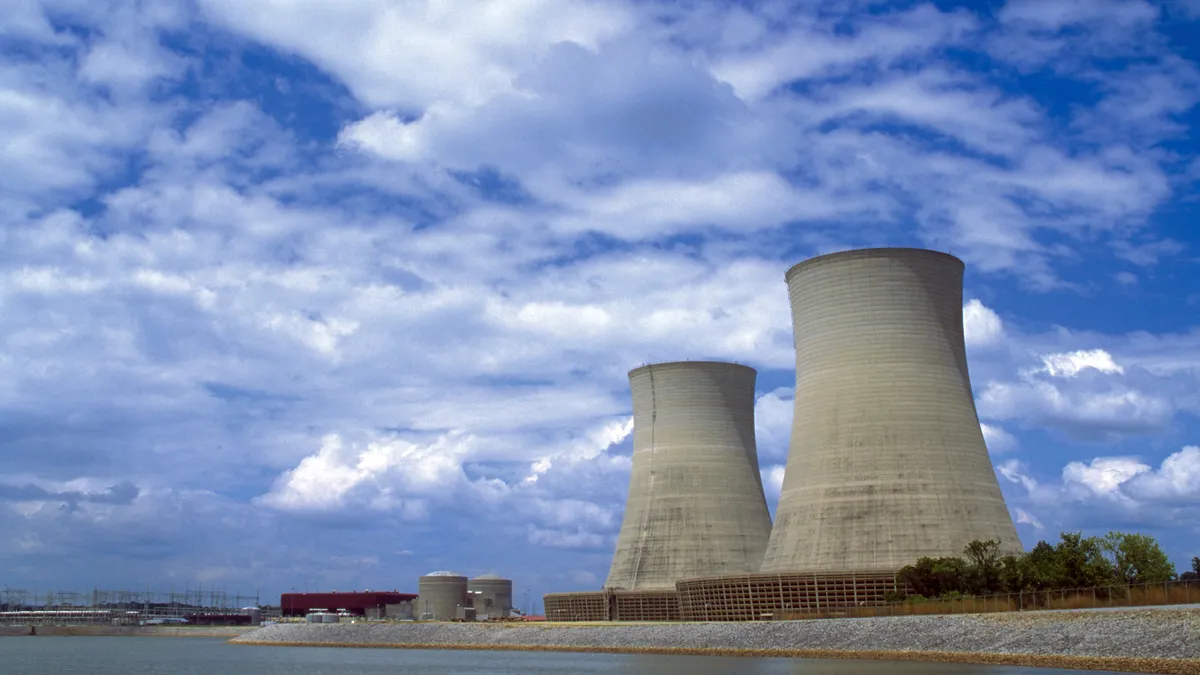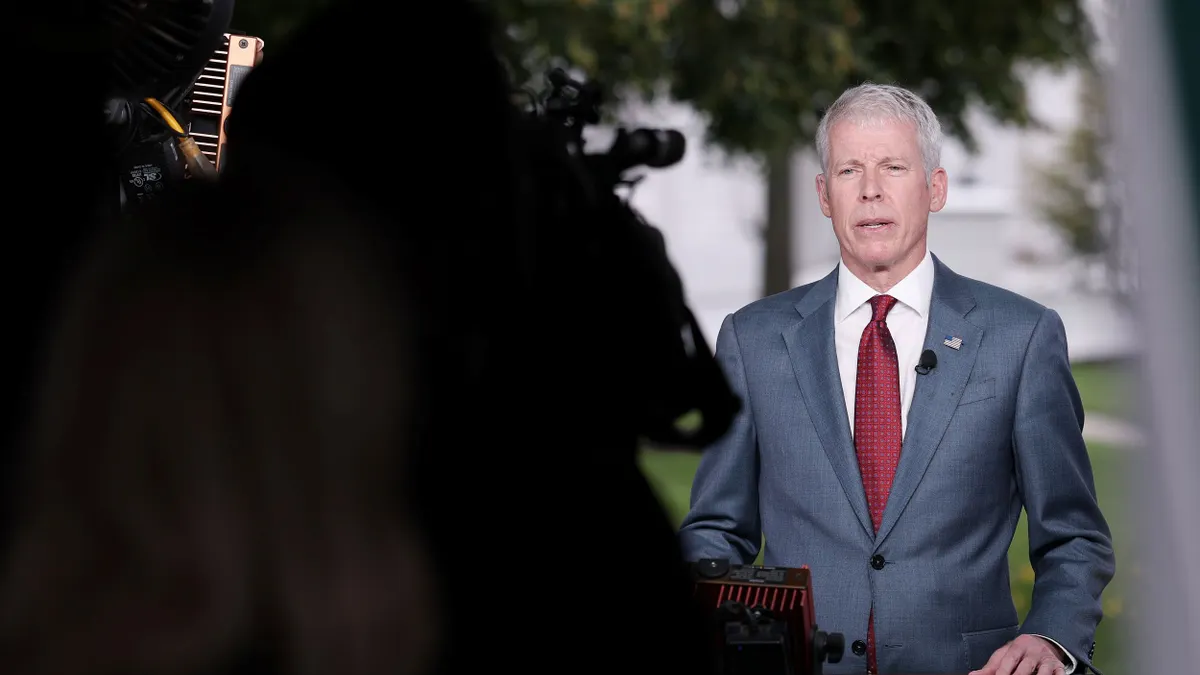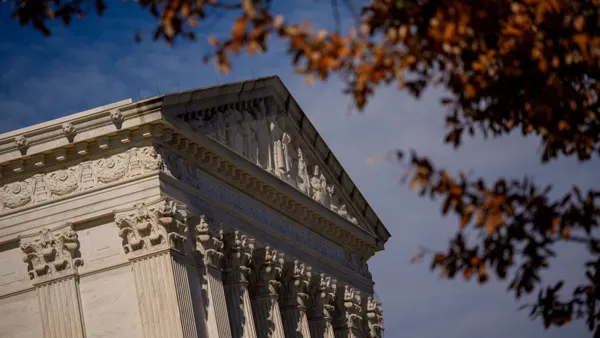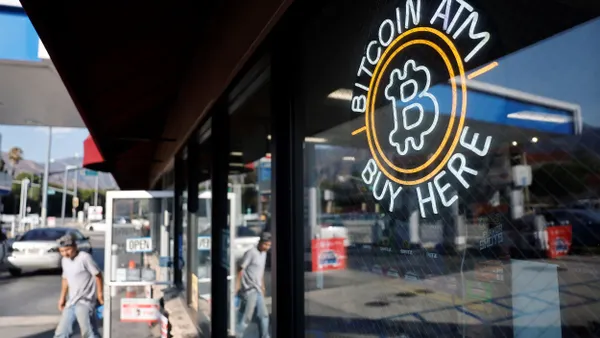Asim Z. Haque is senior vice president of governmental and member services for PJM Interconnection.
The U.S. energy landscape is undergoing major transformation as the power sector works to meet the increasing electricity demands of artificial intelligence and the digital economy.
This explosion in demand presents a generational challenge for the nation’s grid operators, including PJM Interconnection, whose primary charge is to keep the lights on for 67 million people in 13 states and the District of Columbia.
The PJM footprint has become a desirable destination for data center development. Economic growth is welcome, but PJM is concerned about maintaining reliability if new supply and transmission infrastructure does not arrive in time to match the expanding demand.
Having raised this alarm in recent years, PJM is working with our stakeholders to find solutions, including having formal discussions through our Critical Issue Fast Path stakeholder process on the addition of data centers and other large loads. We’ll continue to push that process forward to arrive at a thoughtful outcome with our members and states.
Recently, some of our governors engaged in a technical conference, and many have agreed to partake in a “Governors’ Collaborative.” PJM looks forward to engaging with that group alongside our already robust engagement with the Organization of PJM States, Inc., and serving to facilitate conversations between the Governors’ Collaborative and our membership on the matters that have been raised related to RTO governance and control.
At the recent technical conference, affordability was a concern identified by some of our governors and others. This concern is very real and deserves legitimate attention.
Affordability concerns have arisen in the PJM sphere due to increased market pricing reflecting tightening supply and demand conditions. While demand has been increasing, existing supply has left the system due primarily to state policy and federal rules from previous administrations. New supply has been slow to connect to the grid.
And there is plenty of supply that has made it through our generation interconnection queue that can connect to the grid.
As of today, there are 63 GW of projects that have been issued or have signed an interconnection agreement with PJM. A queue transition backlog that began with over 200 GW of projects is now down to just 46 GW. Those remaining projects, including the projects that were approved as part of PJM’s Reliability Resource Initiative (meant to bring more shovel-ready projects into the queue), will be studied now and approved next year.
PJM has made substantial progress on its queue transition, and projects that enter the queue beyond the transition will have a one- to two-year turnaround time frame to be studied and issued an interconnection agreement. Through our recently announced partnership with Google/Tapestry, we are working to use artificial intelligence to further streamline and potentially shorten the study process.
We need as much of this supply as possible to get built, and we’ll need a lot more new supply to meet the forecasted growth in demand. More supply would, in turn, alleviate the market pricing that is creating affordability concerns for consumers.
It is important to note, however, that our markets produce wholesale prices. A wholesale price still must translate through to consumers via load serving entities through retail activity.
This is where our states can assist, since they oversee that retail activity. The PJM governmental and legal teams include a number of former regulators and staffers who previously worked within a state regulatory construct. We can appreciate the overwhelming strain that our state officials are under due to rising electricity costs combined with myriad other issues impacting consumers.
As such, we offer the following not only to our state officials, but to all stakeholders who partake in state frameworks. It will take everyone with knowledge in this industry to try and maintain core tenets of power delivery while seeking to solve this supply/demand challenge.
Many PJM states have already taken action on some of the recommendations below, and we appreciate and recognize their efforts. Some of these recommendations relate to retail ratemaking; others have the potential to help the supply/demand fundamentals driving up wholesale prices:
- Retail Cost Allocation – States ultimately have control over how costs are allocated to the various customer classes in utility tariffs. Costs can be allocated away from residential consumers and small businesses and toward other customer classes more directly driving the tightening supply-demand balance, including data centers. State programmatic rebates can be allocated to specific customer classes as well.
- Data Center Entry Commitments – A number of our states are placing financial requirements and stricter entry commitments on data centers trying to connect through regulated utilities as a way to make sure that the data center is actually coming to that utility’s service territory. This will, in turn, allow for utilities to submit more accurate data to PJM to better refine our load forecasts used on the wholesale side. Further, PJM is considering a period where states can review and provide feedback on requested large load additions in PJM’s load forecast.
- Default Service Procurement – Our restructured states are all utilizing default service procurement mechanisms to procure supply for consumers who are not shopping with a competitive retail supplier. It is worthwhile to analyze whether these procurement mechanisms are designed for a high-priced wholesale environment. In those states with especially low shopping statistics, consumers are deeply exposed to this high-capacity market price if default service procurement mechanisms are not designed to long-term hedge against that price.
- Retail Shopping – Competitive suppliers may be able to offer better rates than what is being procured in default service auctions. This may be an opportunity for competitive suppliers, residential/small business consumers and state regulators to work collectively to enhance shopping while maintaining traditional consumer-protection oversight.
- State Programs and the Total Bill – Knowing that the wholesale price for power will be higher in future years, the total bill can be analyzed to determine whether existing state programs that were initiated during times of lower wholesale pricing should continue, and again, if rebates should be allocated away from or to certain customer classes.
- Demand Response and Energy Efficiency – Paying customers to reduce usage during system stress is a direct solution to reducing peak electricity demand. States can play a central role in developing and promoting robust demand response and energy efficiency programs.
- Siting/Permitting – We need more energy infrastructure, both generation and transmission. States play a pivotal role in projects ultimately getting built through their siting/permitting processes. If energy infrastructure projects don’t receive state permitting approvals, it won’t matter how many projects PJM pushes through its generation interconnection queue.
PJM has and will continue to take action. However, it will require the entire industry to work in the solutions space, including those working within state frameworks, to successfully navigate through this supply/demand challenge and resulting affordability concerns.














